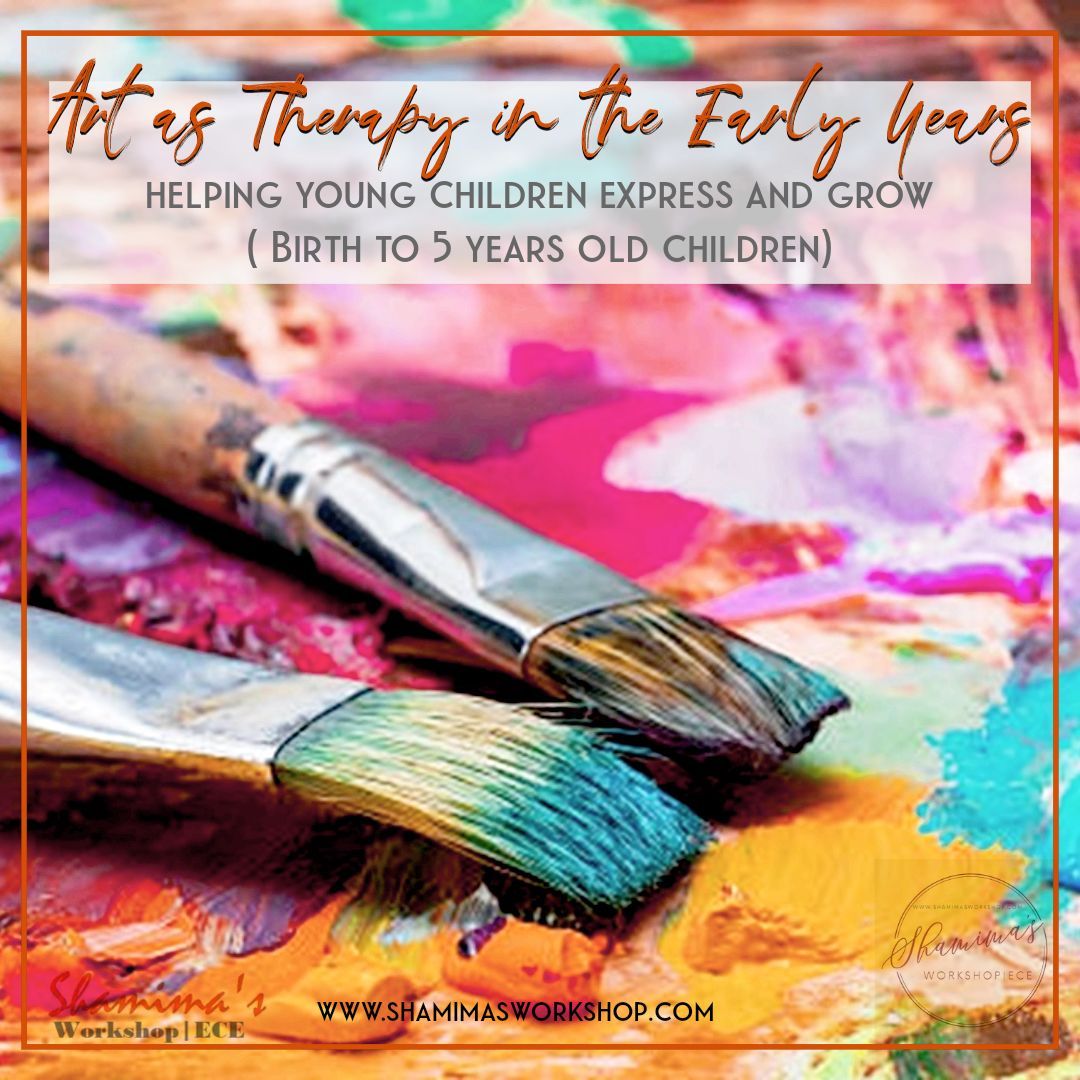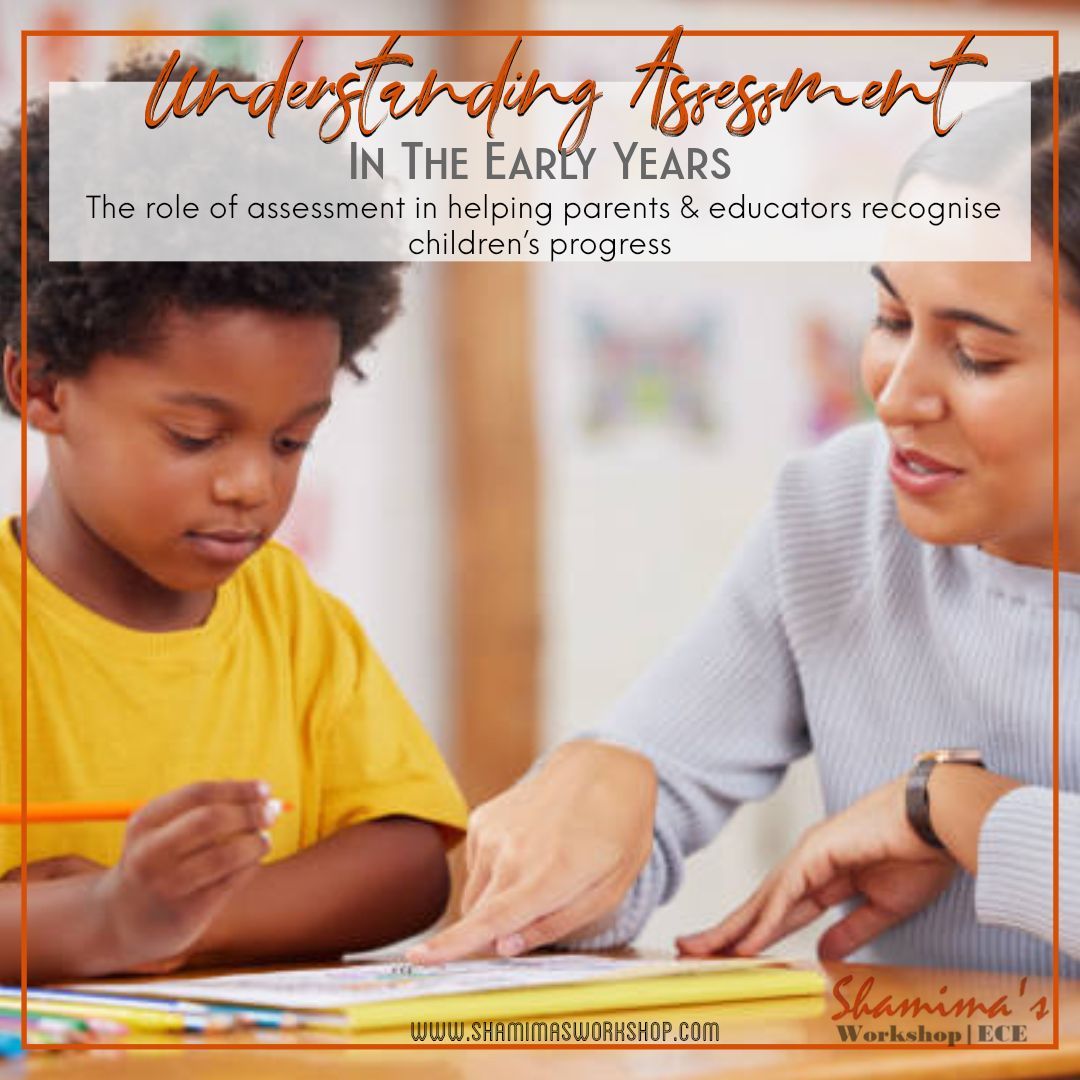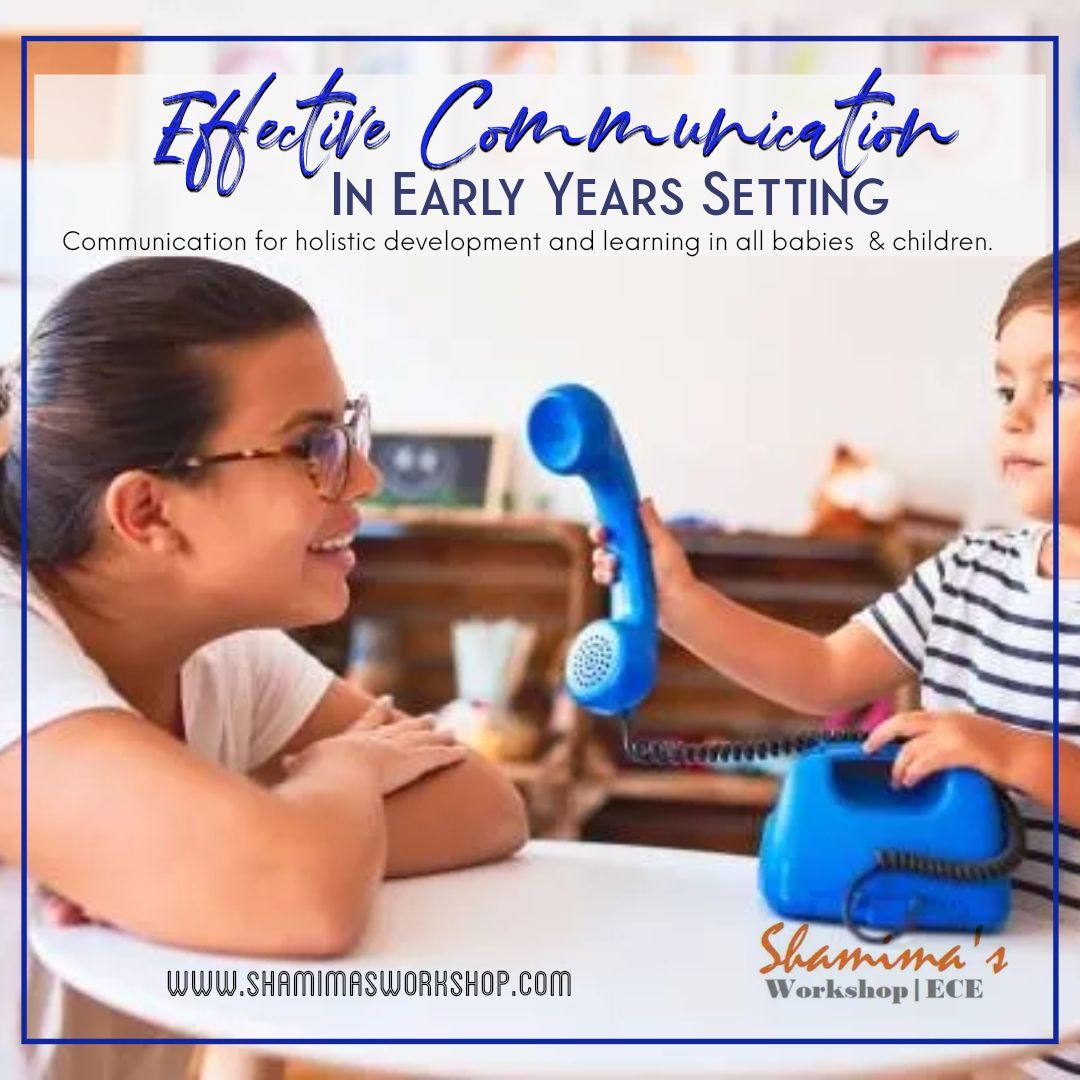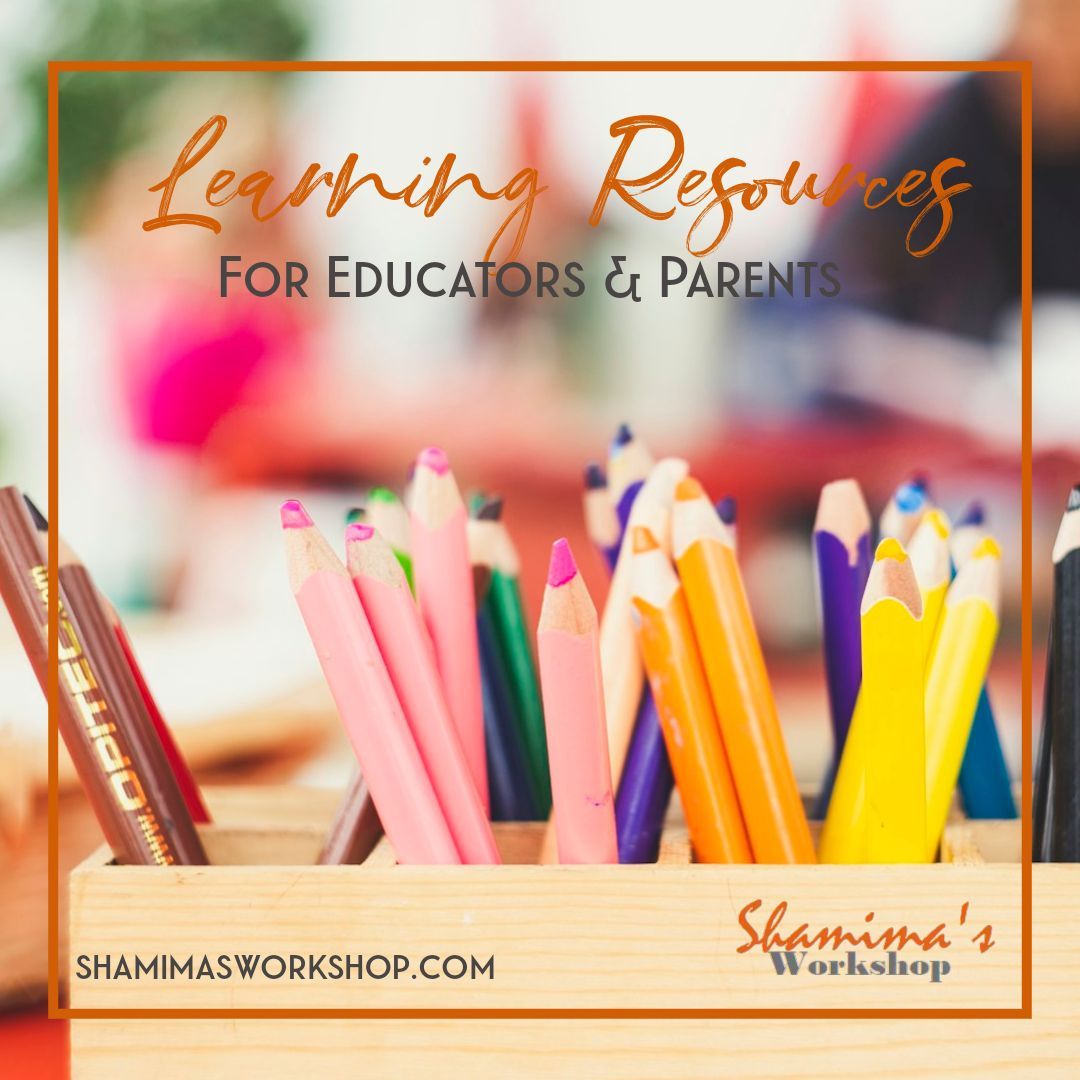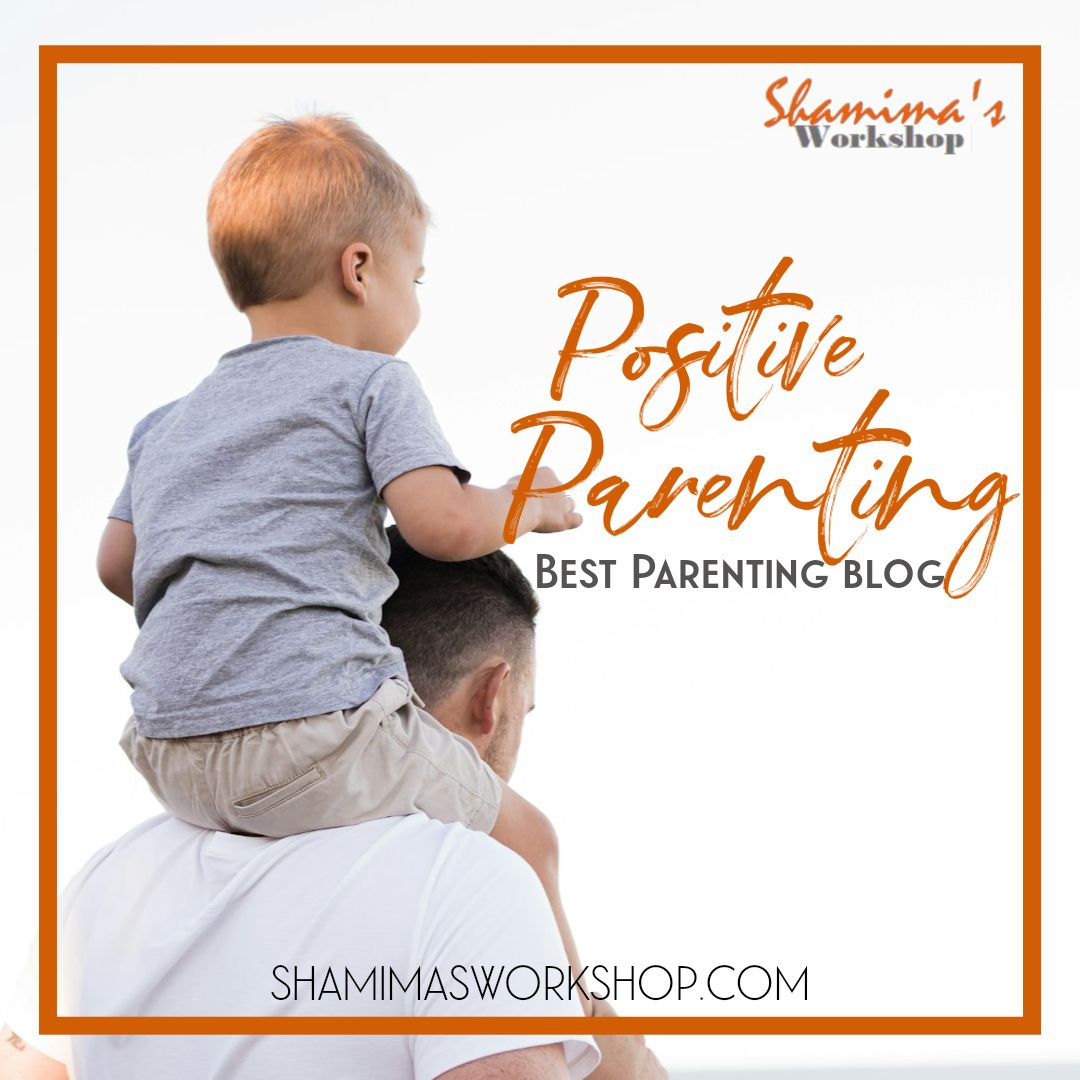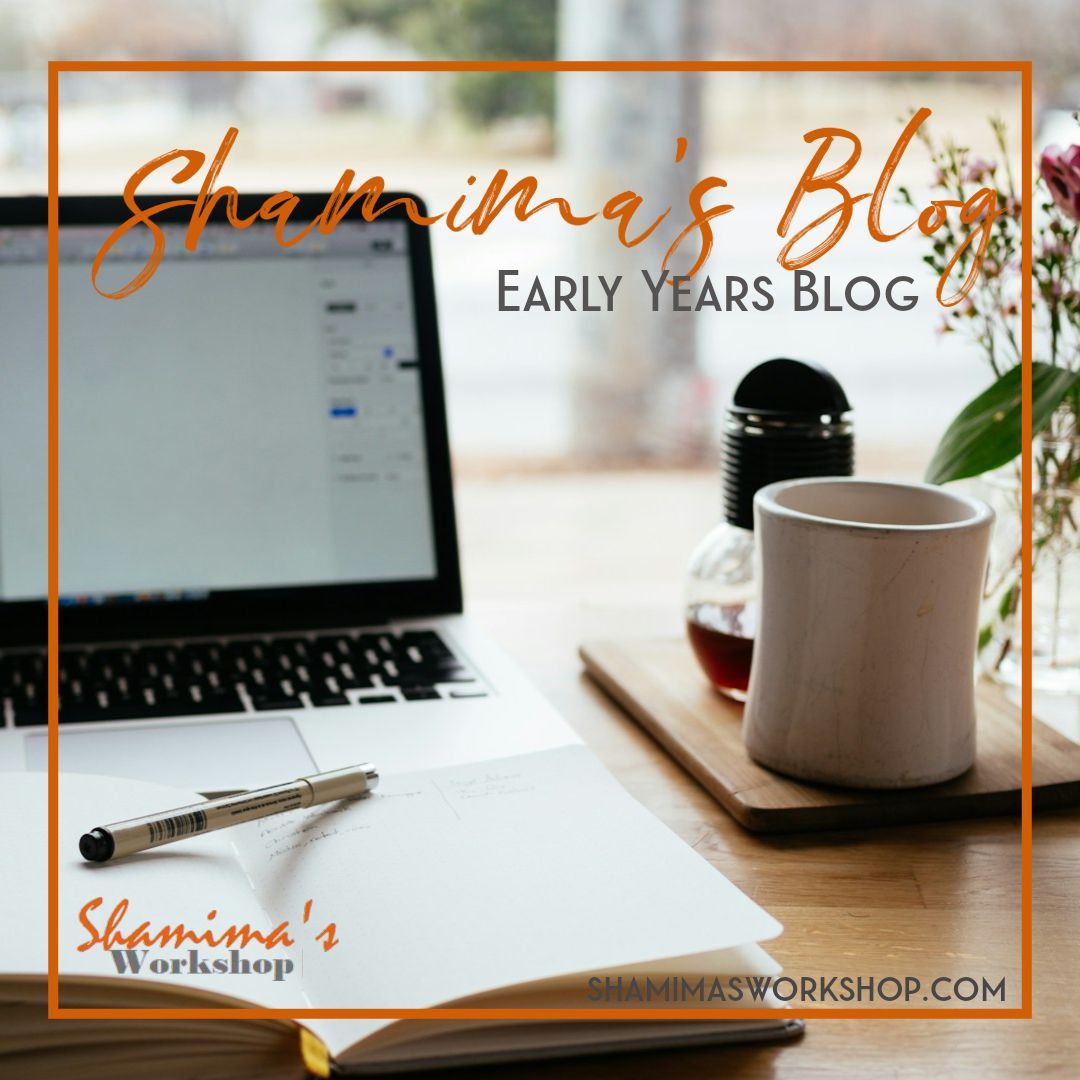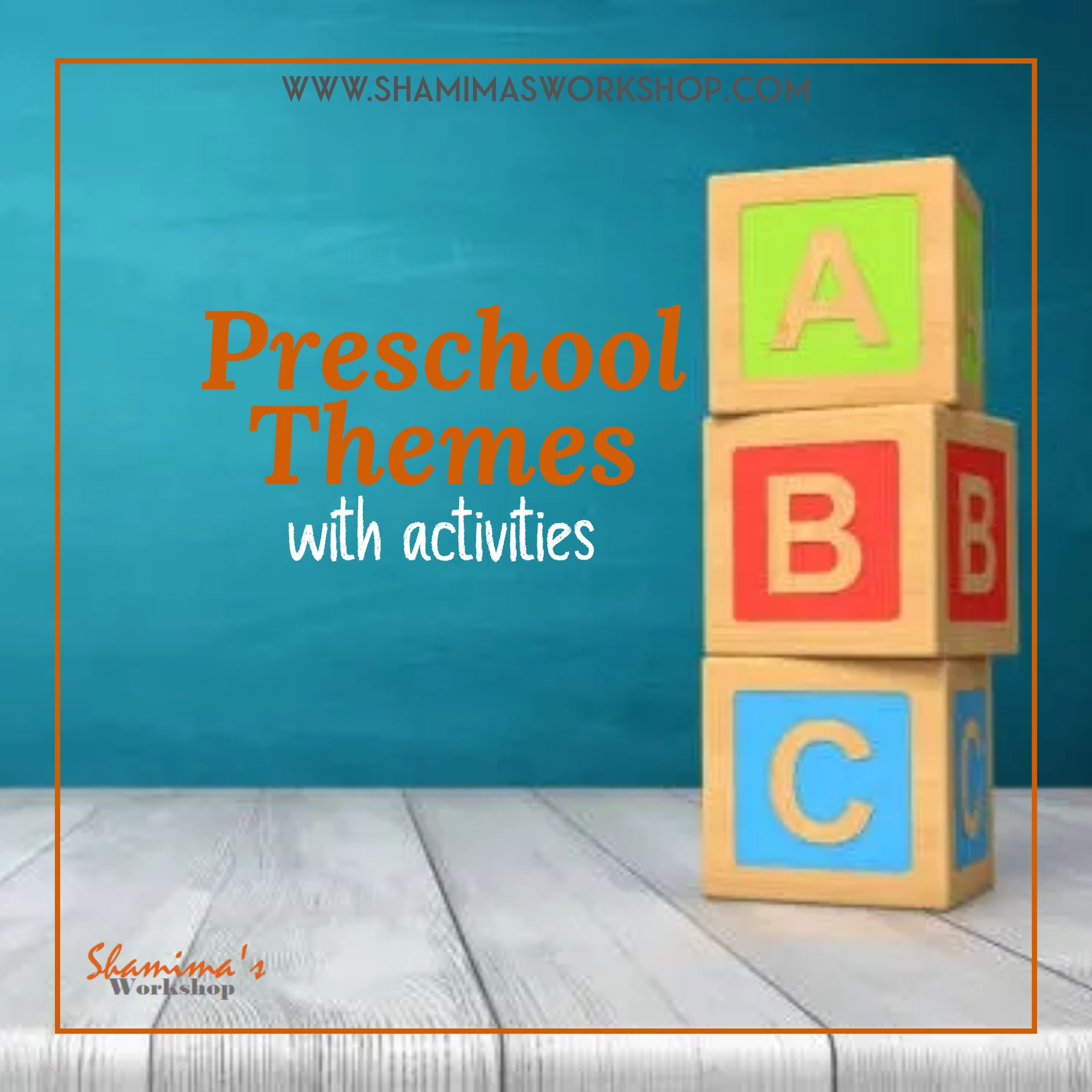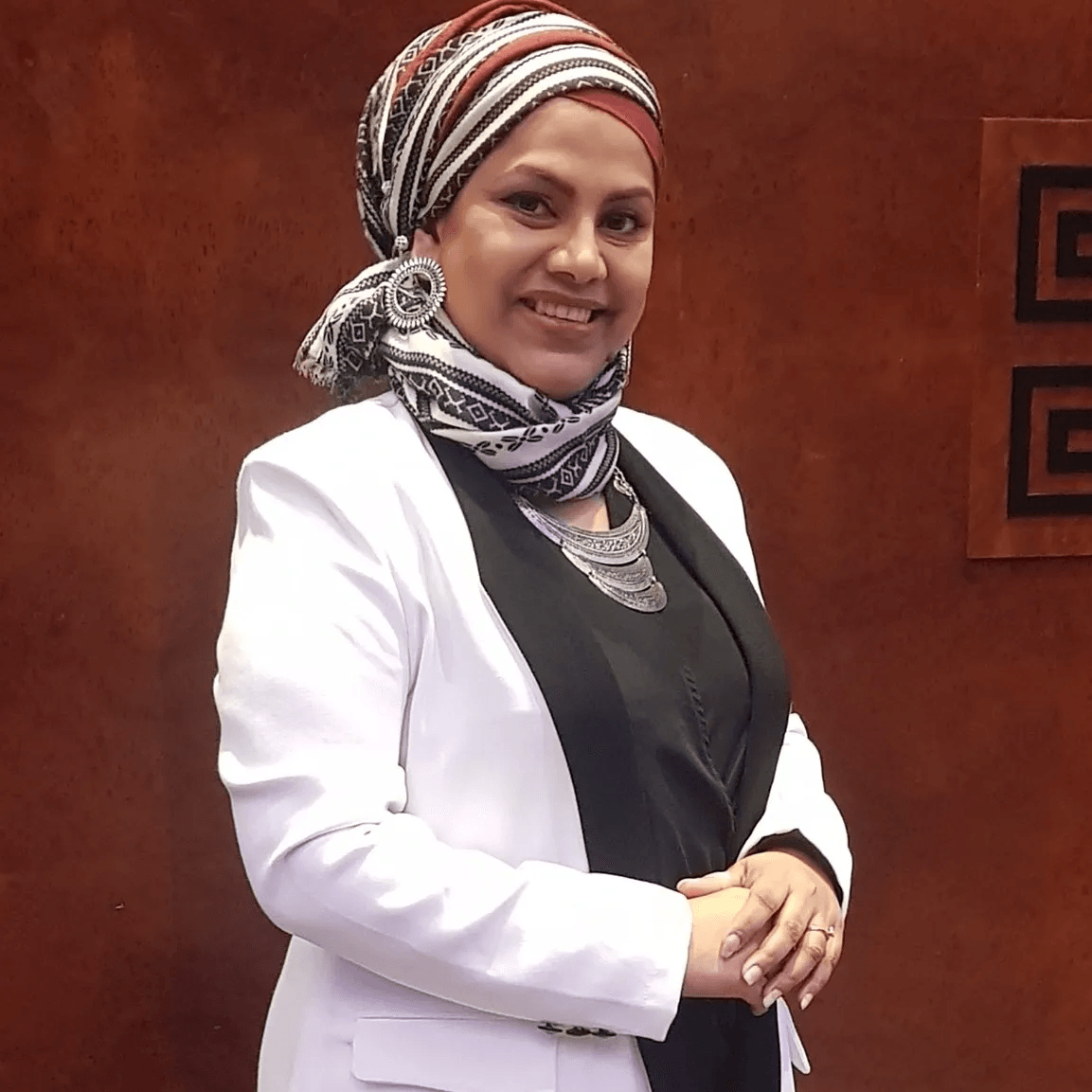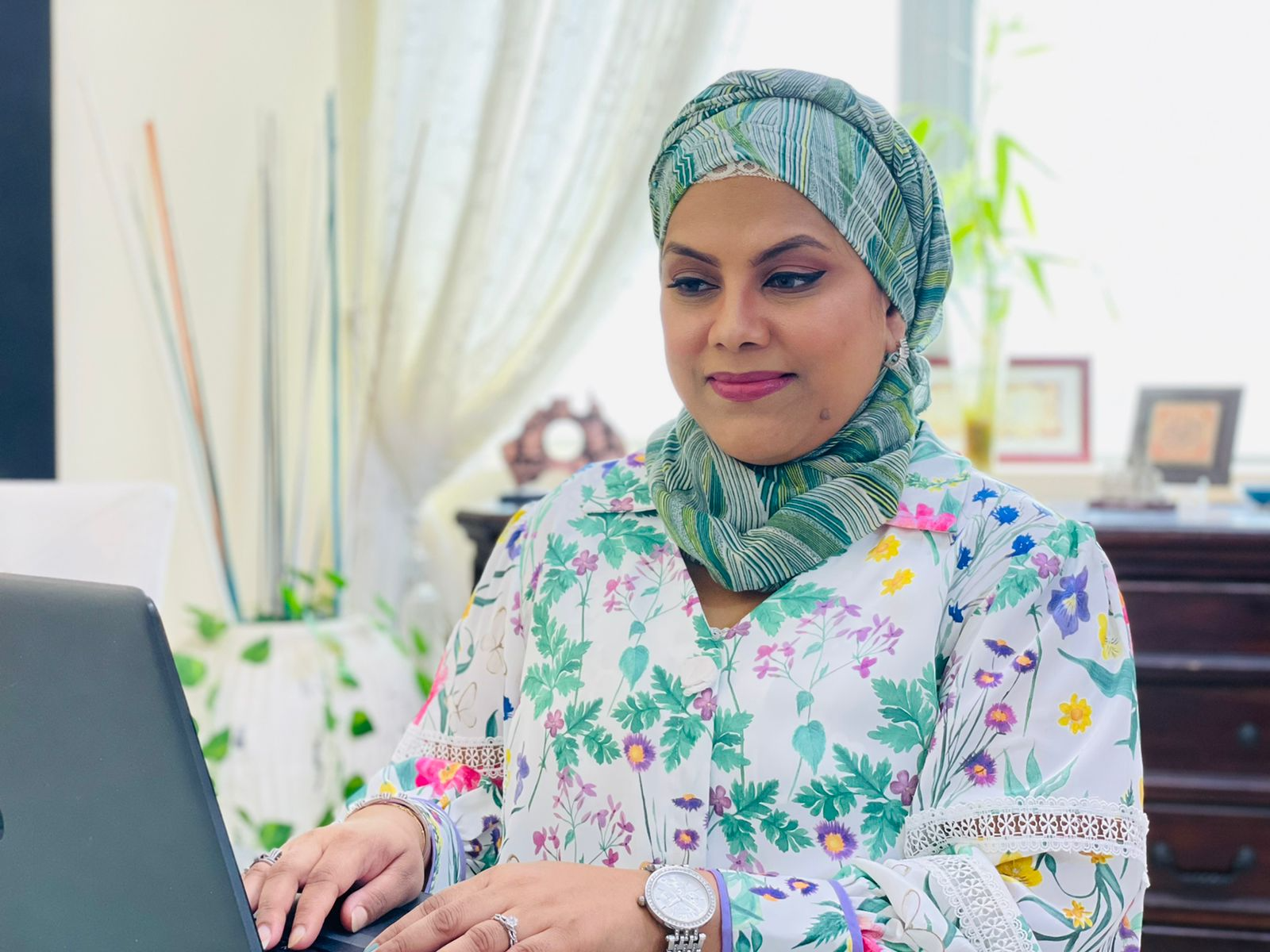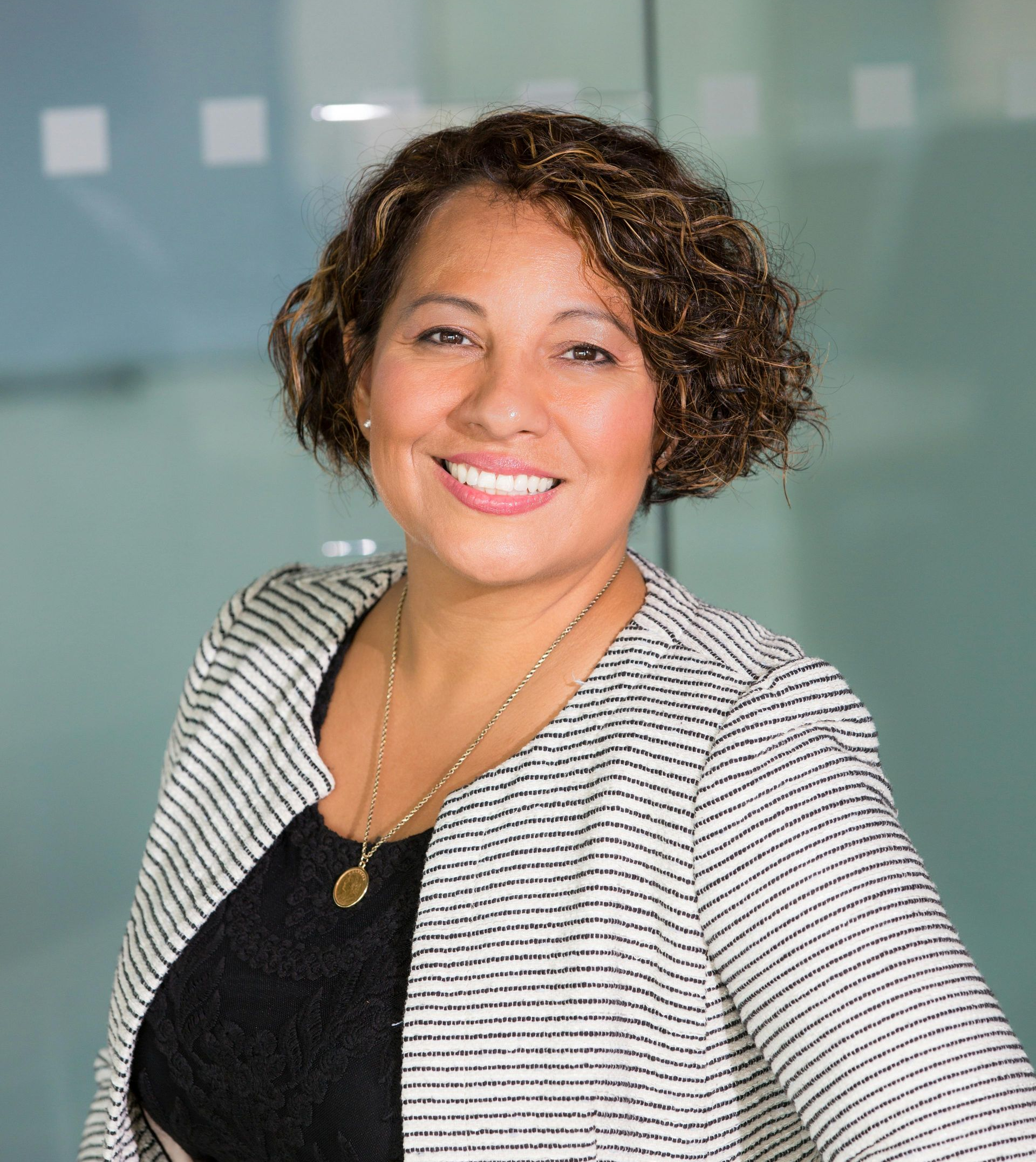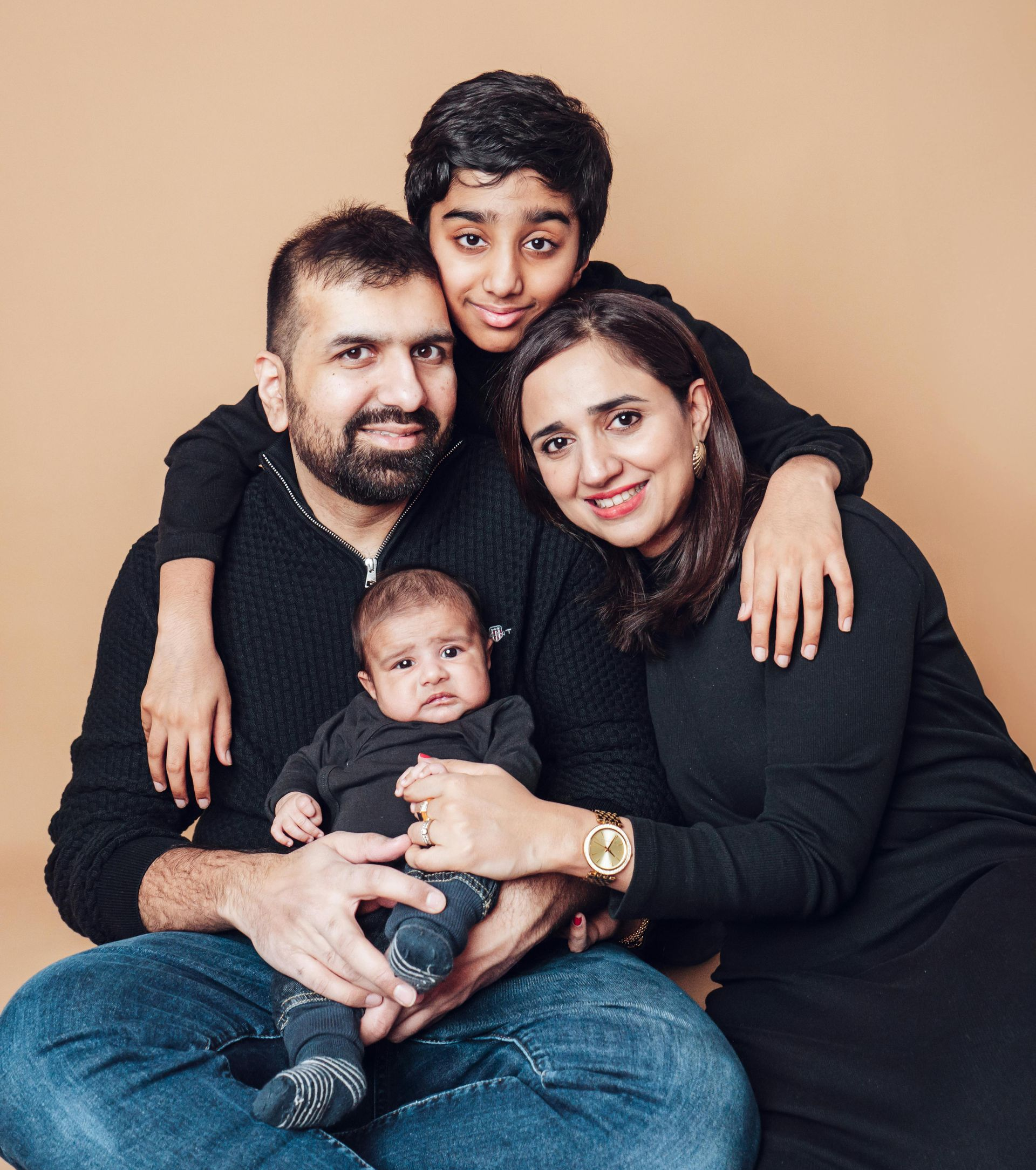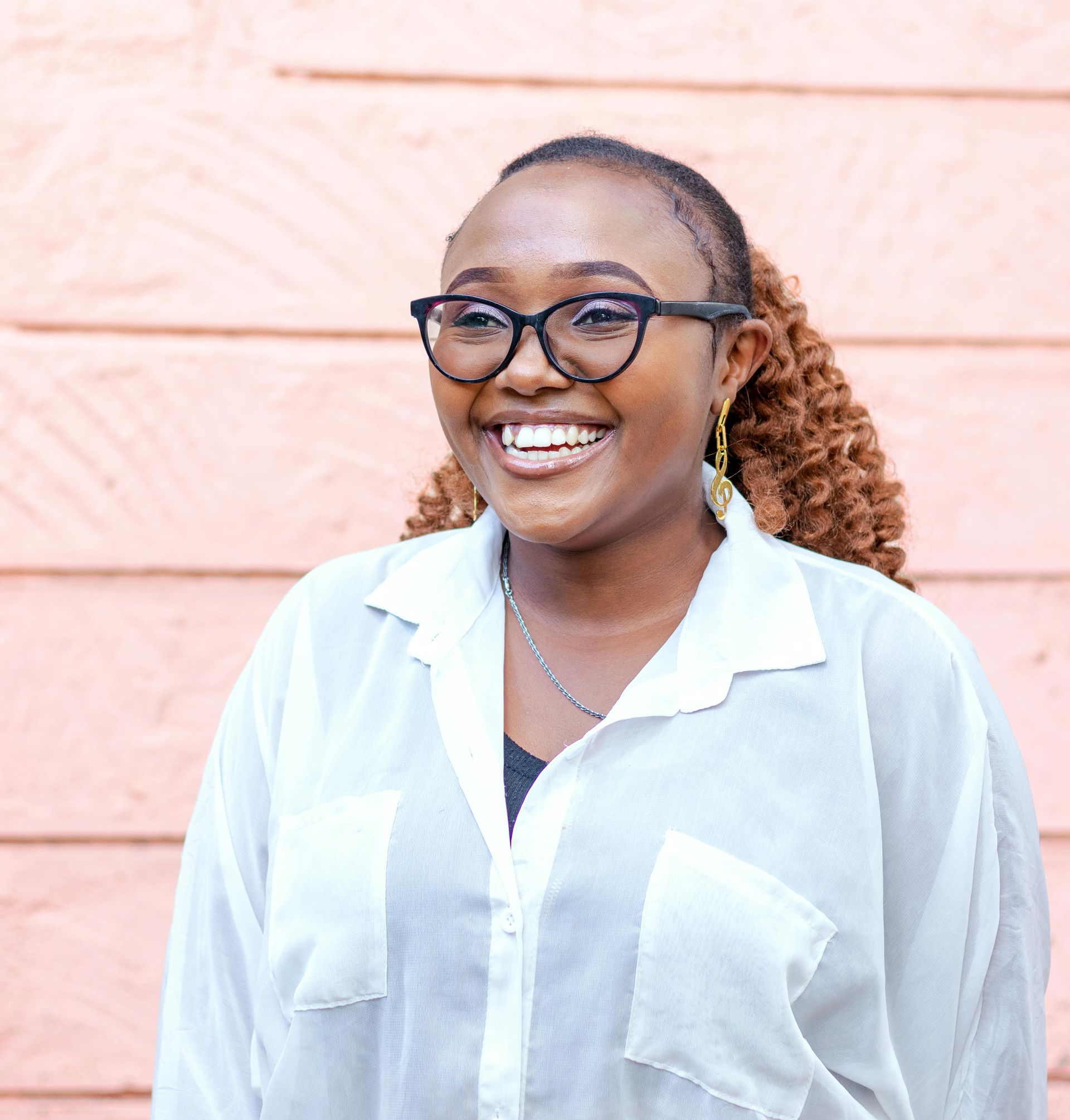Observation, assessment, and Planning Cycle
Observation, Assessment & Planning in Early Years

OBSERVATION
Observations are the foundation of understanding a child's needs and interests. Observation is the art of looking at and listening to children to see what they enjoy doing and how they interact with others and the environment around them to closely examine what they can do and how they are developing.
HOW TO CONDUCT OBSERVATION:
We can observe a child in different ways depending on the purpose, and each way/ method provides valuable insight into the child's development. I have discussed a number of different types of observation in one of my blogs and how these can be used to tune in to children. This really helps you to understand children's interests and developmental stages. For example, narrative observation can give a detailed account of a child's actions during play or an activity; event sampling can focus on specific behaviours, often triggered by particular events or interactions; and photographic/video observations can capture moments where the child demonstrates learning or interest. Lets discuss steps to observation:
Aim of your observation: You should decide the aim of the observation, what you are going to observe, such as communication , physical skills, or social interaction.
Prepare resources for observation: You should prepare resources for your observation like observation sheets, Post-it notes, or digital tools, depending on your setting.
Placing yourself appropriately: You should place yourself in such a way that you do not interrupt the child's activity or natural behaviour. More often, partitioners are involved in the play, asking questions, prompting questions, and then notes are made quickly in between sections.
What to observe: Observation can include anything that is noticed by the practitioners. it can include what the child does, what they say, what the child touches, where the child goes, who they are with and the interaction with the environment.
Record the information objectively: You should record what you notice, stick to objective observation, and describe what the child says or does not without making assumptions.
WHEN TO CONDUCT OBSERVATION:
Observation should be conducted regularly in natural, everyday situations. You may miss out on unplanned learning opportunities if you wait for scheduled time. A complete understanding of a child's learning and development can be created by combining planned and unplanned/spontaneous observations. Observation may conduct :
During planned activities, such as story time or craft activities.
After introducing new resources, material, or themes or everyday situations.
When the highlights are strengths or challenges in development, such as trying a new skills.
When a child is playing freely.
WHY CONDUCT OBSERVATION:
Through careful observation, practitioners are able to identify:
Identify individual strengths and achievements, developmental progress in relation to the framework, special needs such as extra support or changes that is required and emerging interests that can guide future planning and engagement.
how closely resources and activities match a child's ability and interests.
ASSESSMENT
Assessment is the process of analysing and evaluating the information gathered through observations that we knew about children's development and learning. Practitioners need to ask themself the key question, "What does our observation tell us about the child?" We also need to find out learning needs from the parents and from these we can identify the children's requirements, interest, current development and earning.
HOW TO CONDUCT ASSESSMENT:
we need to ask ourselves, what does our observation and any other evidence of learning we have collected, such as examples of the child's mark-making, information from parents, a photograph we took, or video recordings we have made, tell us about the child's learning and development? What was new, something we had not observed before? So we link to the development framework to ensure expectations are realistic and age-appropriate. Include observations, notes, or learning journeys that track a child’s progress over time. We consider the child as a whole.
WHEN TO CONDUCT ASSESSMENT:
Assessments should be ongoing. They occur after observing and regularly reviewing information collected. at the end of each term, before meetings with parents in preparation for effective discussion, when concerns arise about the child’s development, and when a child transitions to a new room, setting, or school.
WHY CONDUCT AN ASSESSMENT?
Regular assessments ensure that parents and professionals stay informed about how the child is progressing. Sharing assessment outcomes lets everyone in the child’s care work together.
PLANNING
Once the assessments are complete, practitioners must plan activities to improve learning opportunities. We plan for the next steps in children's development and learning. Much of this needs to be done on the basis of what we have found out from our own observations and assessments as well as from parents. The decisions that you take then make affect the planning to meet the individual needs and/or needs of a group of children and have a very real impact on the well-being of the child. Planning involves adapting the environment and teaching methods to match developmental goals.
HOW TO PLAN FOR THE NEXT STEP:
Set a learning goal: Practitioners should identify what they want the child to achieve.
Include the child's interest: Practitioner should include resources or things that the child likes or enjoys playing.
Use age-appropriate resources: Practitioners should use age-appropriate resources to support children in learning.
Plan for inclusivity: Practitioners should plan activities that work for children with different needs or abilities or additional support.
WHEN TO PLAN:
Planning is an ongoing process. It happens after assessments and often feeds into weekly, daily lesson plans or term-wide plans.
WHY DO WE PLAN:
Planning allows practitioners to support a child’s next steps and to ensure learning is consolidated. Without planning, there is no direction, only limited support and the potential for a very narrow curriculum. It makes learning manageable for staff, as activities are prepared with all needs in mind.
Welcome

Hi, i am Shamima Fowzee, an early years educator, trainer and consultant. I Share ideas, inspiration, & resources for play-based, inquiry-led learning. Find out more about me here.
SHOP NOW
RECENT POST
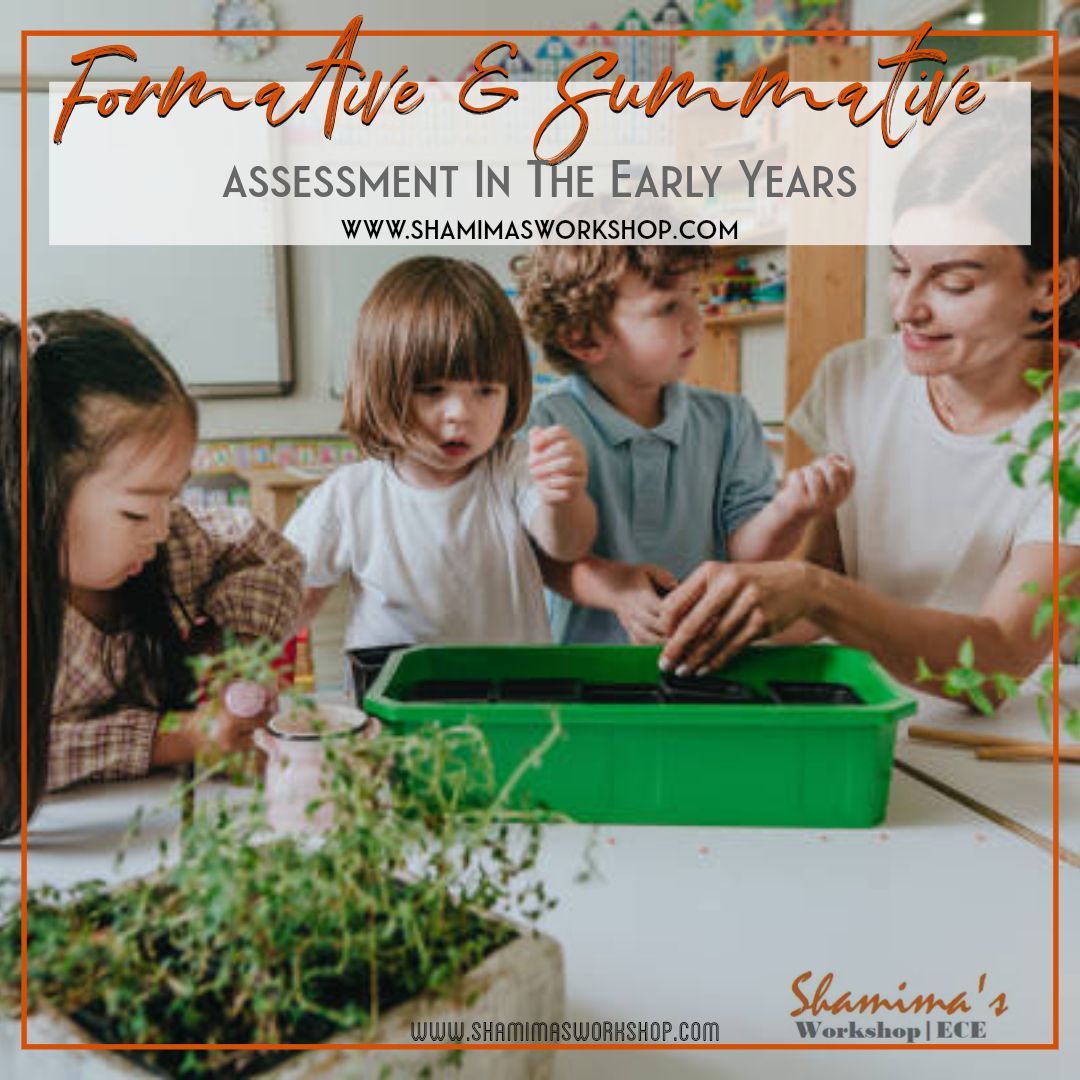
How can I thank you? Spread the word!
For everyone who is passionate about the importance of Early Years.

